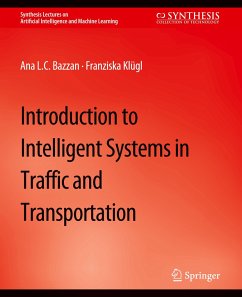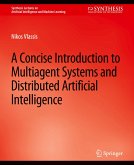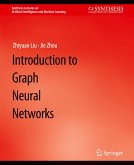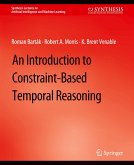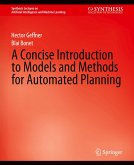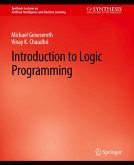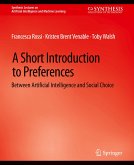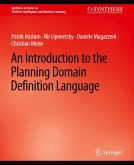Urban mobility is not only one of the pillars of modern economic systems, but also a key issue in the quest for equality of opportunity, once it can improve access to other services. Currently, however, there are a number of negative issues related to traffic, especially in mega-cities, such as economical issues (cost of opportunity caused by delays), environmental (externalities related to emissions of pollutants), and social (traffic accidents). Solutions to these issues are more and more closely tied to information and communication technology. Indeed, a search in the technical literature (using the keyword ``urban traffic" to filter out articles on data network traffic) retrieved the following number of articles (as of December 3, 2013): 9,443 (ACM Digital Library), 26,054 (Scopus), and 1,730,000 (Google Scholar). Moreover, articles listed in the ACM query relate to conferences as diverse as MobiCom, CHI, PADS, and AAMAS. This means that there is a big and diverse community of computer scientists and computer engineers who tackle research that is connected to the development of intelligent traffic and transportation systems. It is also possible to see that this community is growing, and that research projects are getting more and more interdisciplinary. To foster the cooperation among the involved communities, this book aims at giving a broad introduction into the basic but relevant concepts related to transportation systems, targeting researchers and practitioners from computer science and information technology. In addition, the second part of the book gives a panorama of some of the most exciting and newest technologies, originating in computer science and computer engineering, that are now being employed in projects related to car-to-car communication, interconnected vehicles, car navigation, platooning, crowd sensing and sensor networks, among others. This material will also be of interest to engineers and researchers from the traffic and transportation community.
Bitte wählen Sie Ihr Anliegen aus.
Rechnungen
Retourenschein anfordern
Bestellstatus
Storno

